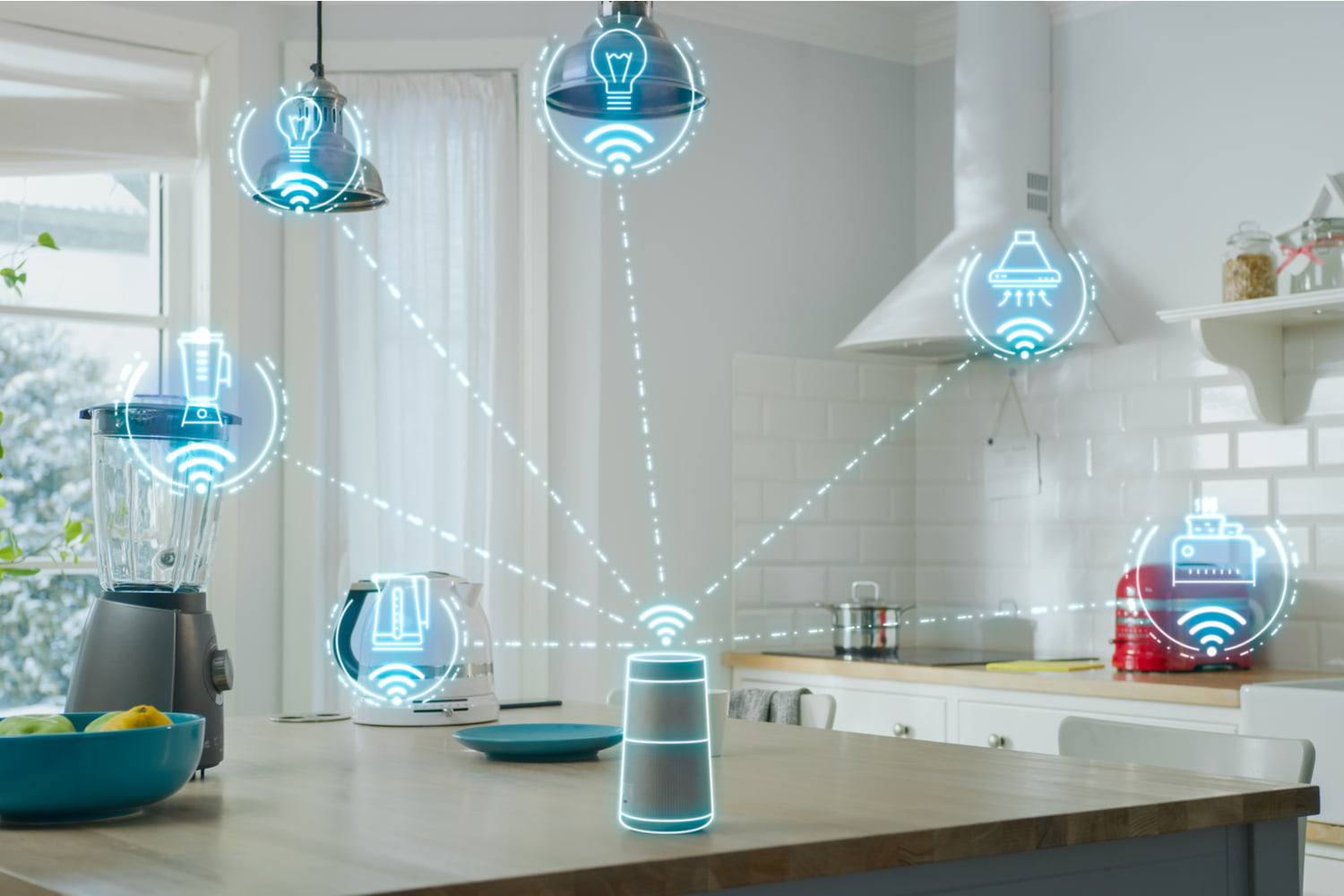The internet of things (IoT) — a vast global network of physical devices connected to the internet — has become one of the fastest growing technology markets of the 21st century, bringing a range of exciting innovations to a range of different industries.
Enhanced connectivity provided by IoT is helping to build a ‘smart’ new world. However, an IoT system is only as good as the data informing it.
So, whilst companies develop more and more innovative IoT products, OEMs and product manufacturers must also focus on ensuring IoT sensors generate accurate, reliable and secure data so that the IoT market can continue its upward trajectory.
What is IoT data?
Supplied by integrated sensors, IoT data supports the development and function of intelligent IoT devices that interact with their surroundings — from smartwatches that measure wearer biometrics to virtual home assistants powered by artificial intelligence (AI).
Before the IoT, machine-to-machine communication was the standard means of transmitting data — a process that happened via closed channels. The IoT is characteristically more complex and transmits large amounts of information through open networks like the Cloud, enabling companies to collect advanced insights and analytics from distributed sensors to improve operations and expand their offering.
Sensors can gather data from almost anything you could imagine. As a result, the IoT has significantly broadened the scope of data available to companies for a range of end-uses, such as reducing energy consumption and maximising equipment performance.
Businesses can connect devices via the IoT to monitor variables, such as environmental changes, equipment statuses and digital submeter levels. Furthermore, the real-time streaming analytics provided by IoT data drives automation through machine learning and AI, facilitating live monitoring and visibility for different applications, such as managing factory floors and equipment.
Due to the many business benefits of IoT data, there are already more connected IoT devices than people, and experts have predicted there will be 55.7 billion connected products by 2025. Industrial, automotive and commercial building equipment represents most of these devices, but the IoT market has also recorded strong growth in the home and wearable technology sectors.
Why is the accuracy of IoT data so important?
In the modern world, IoT technology is combined with advanced big data analytics and data science: an interdisciplinary field that uses tools, processes and algorithms to extract patterns and insights from vast amounts of data.
As a result, many more aspects of our day-to-day lives could soon be automated and digitised. And as the demand for next-generation technology increases and IoT sensors become more accessible, the potential for growth in this sector is limitless.
Crucial to this growth, however, is the supply of reliable, real-time data. With an increasing proportion of daily functions depending on IoT connectivity and insights, the accuracy of the information supplying IoT devices is paramount.
Additionally, data collected through IoT systems requires a different type of analysis than data collected through more traditional means. With a massive 79.4 zettabytes of data projected to have been generated by 2025, data science professionals must continually upskill to manage the ever-growing volume of IoT data.
The electronics industry will also play a critical role in ensuring that IoT sensors and other devices operate optimally, even in sensitive applications. With the advent of nanotechnology and the miniaturisation of components, electronics manufacturers will be able to produce versatile gadgets that will measure data at a more accurate, precise level than ever before.
At EC Electronics, we have considerable experience manufacturing PCB and cable assemblies for the IoT sector. Contact us at +44 (0)1256 461894 or email sales@ecelectronics.com to learn more about our electronics manufacturing services.









